|
I pride myself in creating classroom community in my experiential learning high school that is strong, positive, and trusting.
I don't claim to be fantastic at everything related to experiential learning, but I place priority on creating community in the classroom from day 1 of the learning year because it plays such an important roll in the experience as a whole.
0 Comments
What is experiential learning anyway? How is experiential learning defined? What does K12 classroom experiential learning look like? What are the characteristics of experiential learning? What are examples of experiential learning? What are experiential learning activities? Why is experiential learning important and what are the benefits? I get these questions a lot.
"Everyone is a genius. But if you judge a fish by its ability to climb a tree, it will live its whole life believing it is stupid."
I believe Albert Einstein said this, but it's been debated. This quote has also been criticized for a few reasons, one being that by calling everyone a genius, especially children, that they may believe they don't have to work hard in life. I don't really see it that way. What it means to me is that when it comes to learning, not all children are the same and shouldn't be treated as such.
Experiential learning is something special, but can be misunderstood or tricky to envision in the context of a school, classroom, or homeschool learning environment. That's why I have compiled a list of some free experiential learning lesson plan templates and tools; to support you through implementation of experiential learning! Let's dive in.
Experiential education is taking the world by storm, especially our post-pandemic world.
If you are an aspiring or even practicing experiential educator looking for more information about experiential learning or could use a boost of inspiration, I highly recommend that you start by reading some books about experiential education written by the experiential learning greats! Identifying experiential learning activities for a classroom learning environment can feel tricky at times.
In the world of experiential learning, there is a lot of talk about theory and philosophy; about what experiential learning is and what it is not, the benefits of experiential learning, and the purpose of it. But the most common question that I get from educators is not about experiential learning in theory but about experiential learning in practice. How do you engage students at the end of the year? Ahhhh one of life's biggest questions!
I don't know about you, but my high school students are ready to be done after spring break, and it SHOWS big time. What do I do about it? How do I engage them at the end of the year? I let them choose from some of their favorite experiential learning activities.
What are self-directed learning strategies that empower learners and promote agency? This is a popular question among educators that have an interest in self-directed learning and know the benefits, but aren’t sure about how to go about incorporating self-directed learning strategies in their classroom or homeschool.
Are you a parent, teacher or student looking for some plant project science fair ideas that are easy and engaging for everyone involved?
It doesn't have to be hard, it doesn't have to take a ton of time, and no one has to be a professional scientist or even a trained science teacher to do these experiments. Check out some of the plant project science fair ideas here to make your lives a little easier. Build a plant science experiment or a research project around the ideas offered here while still making them your own! Welcome to my experiential science blog series! This blog post marks the beginning of this series with fun end of year science activity ideas specifically around the theme of "Mad Science".
|
Blog IntentTo provide innovative educational resources for educators, parents, and students, that go beyond lecture and worksheets. AuthorSara Segar, experiential life-science educator and advisor, curriculum writer, and mother of two. Categories
All
|
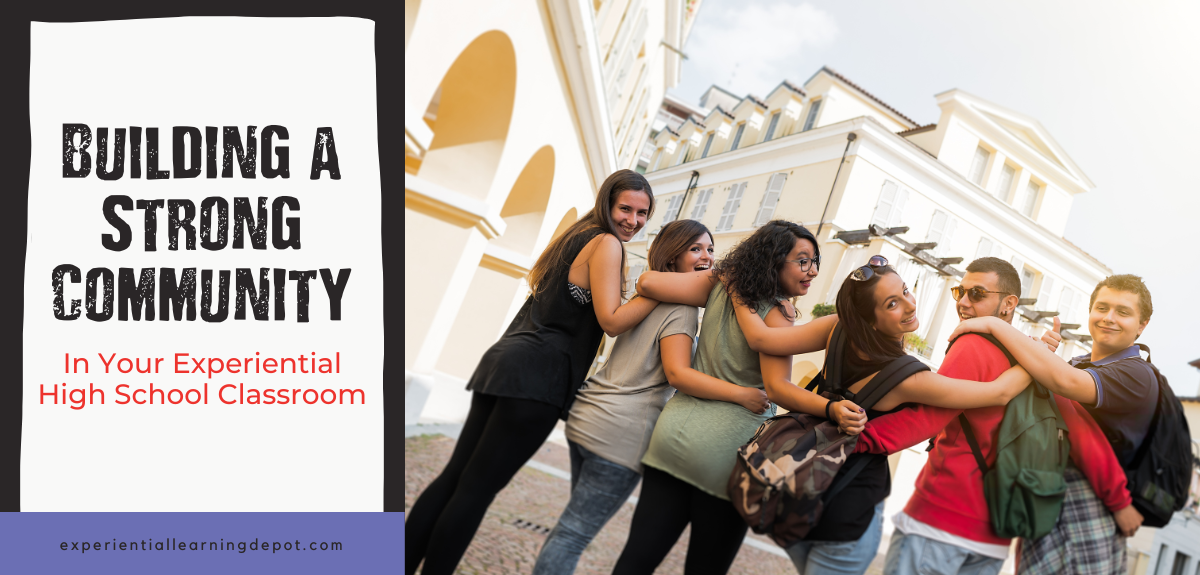
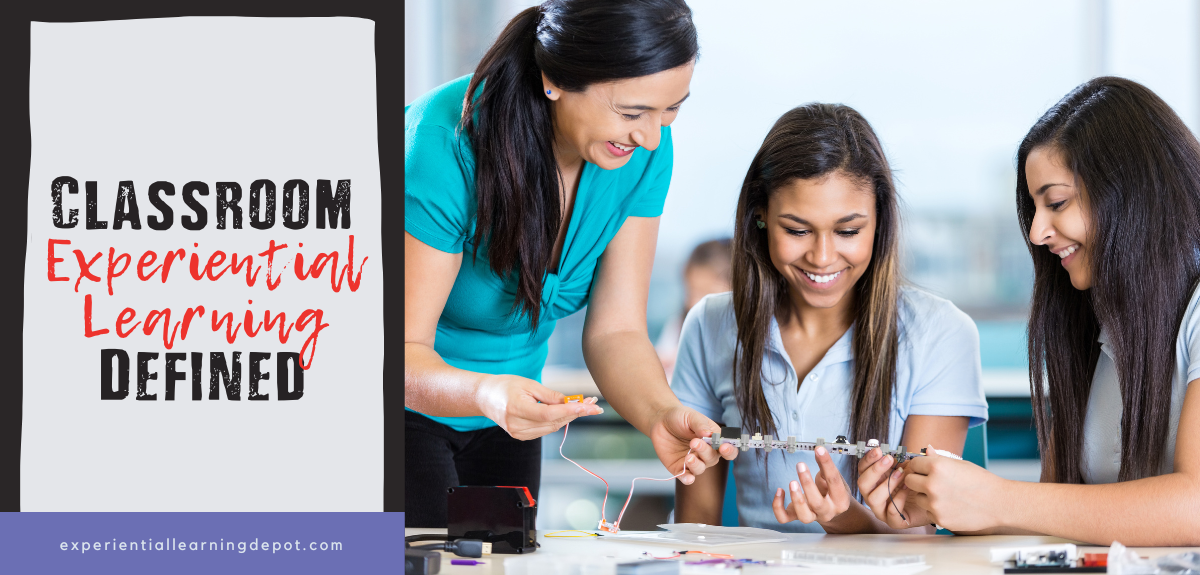


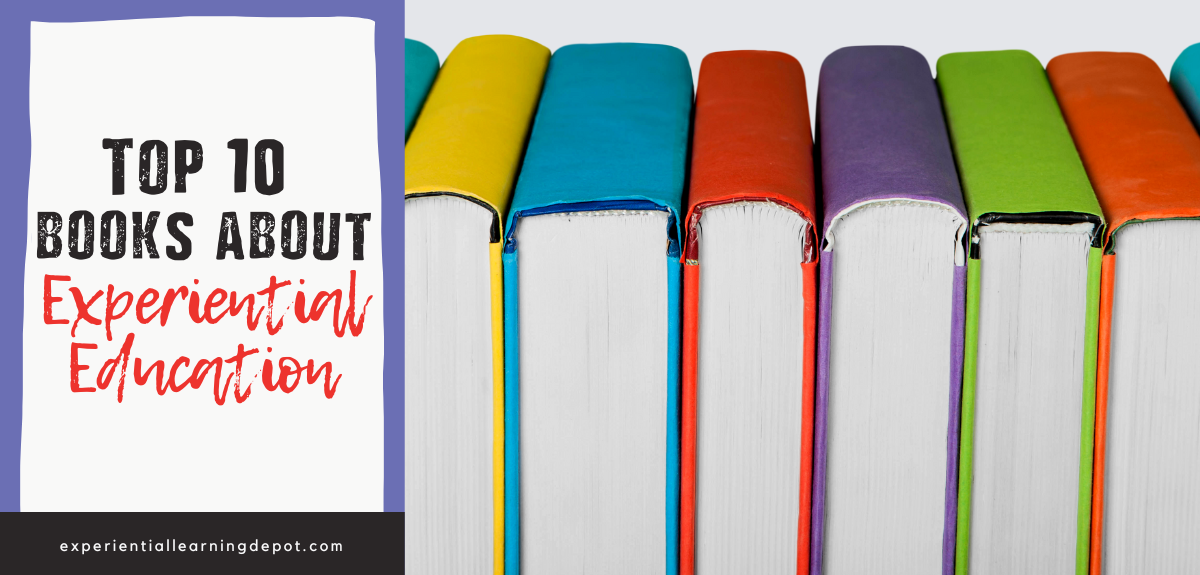

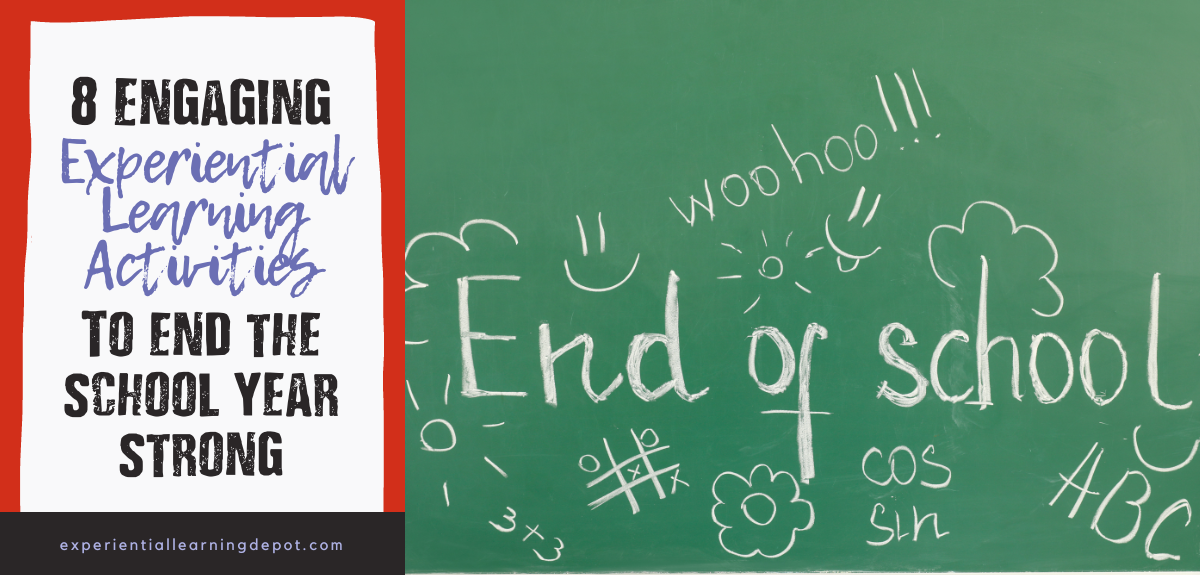
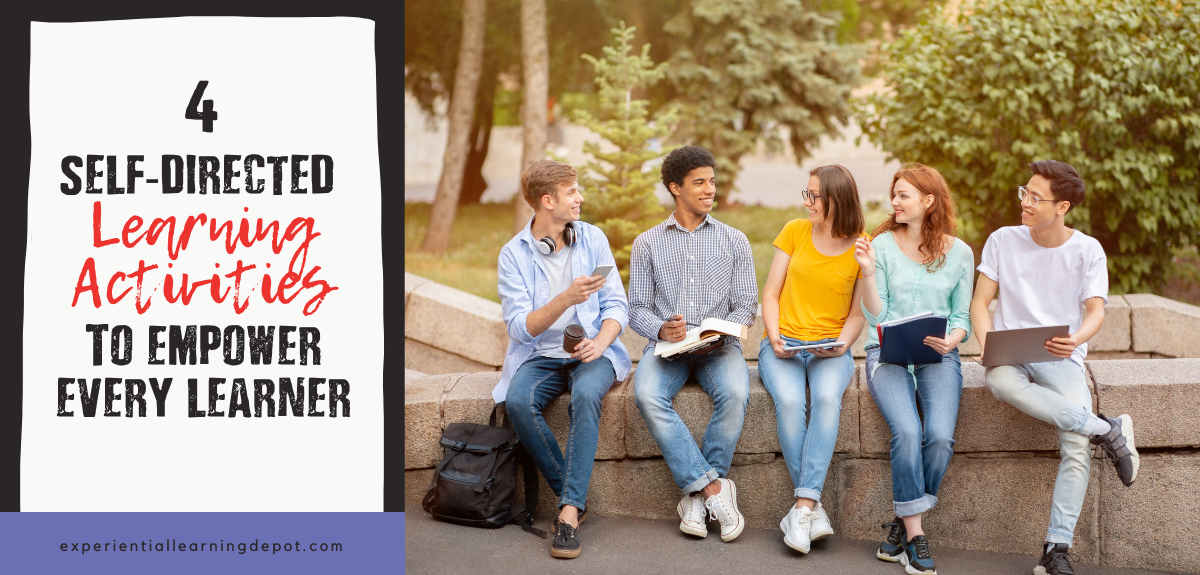
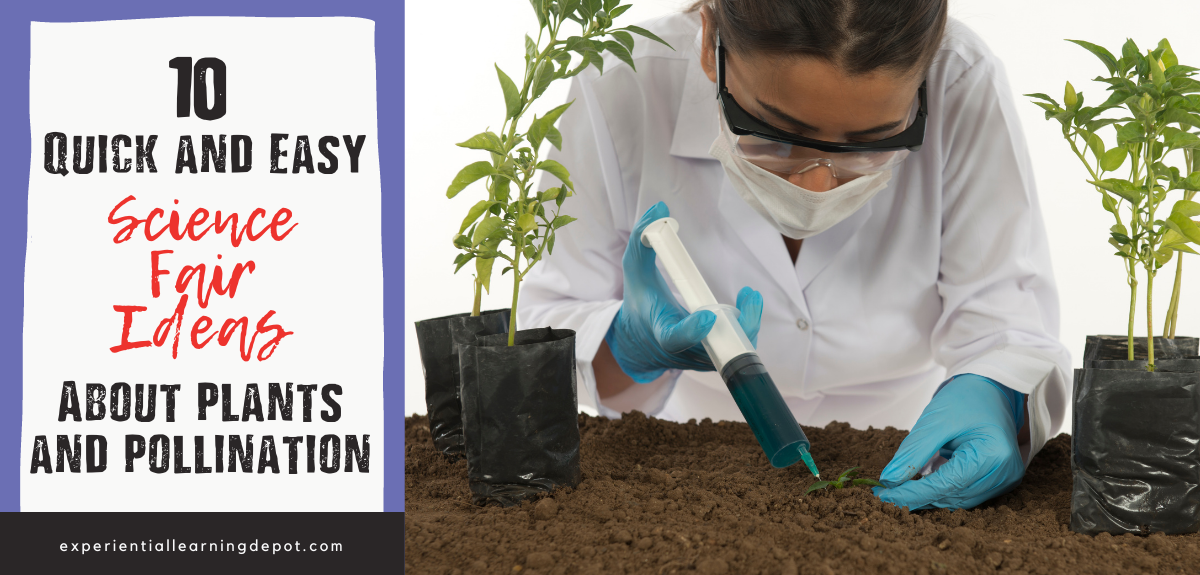
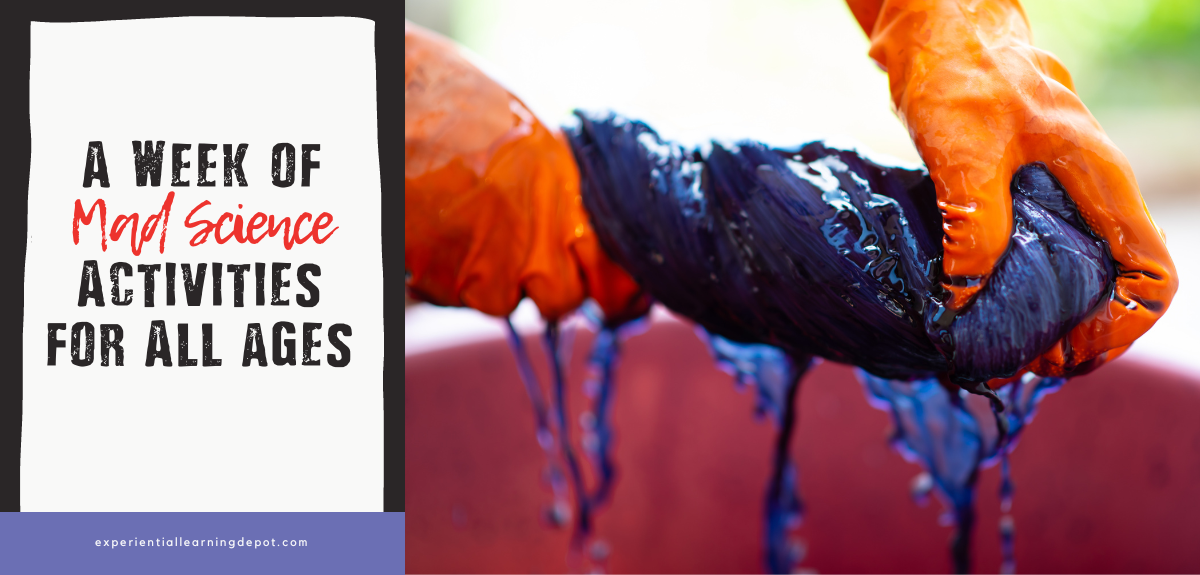


 RSS Feed
RSS Feed